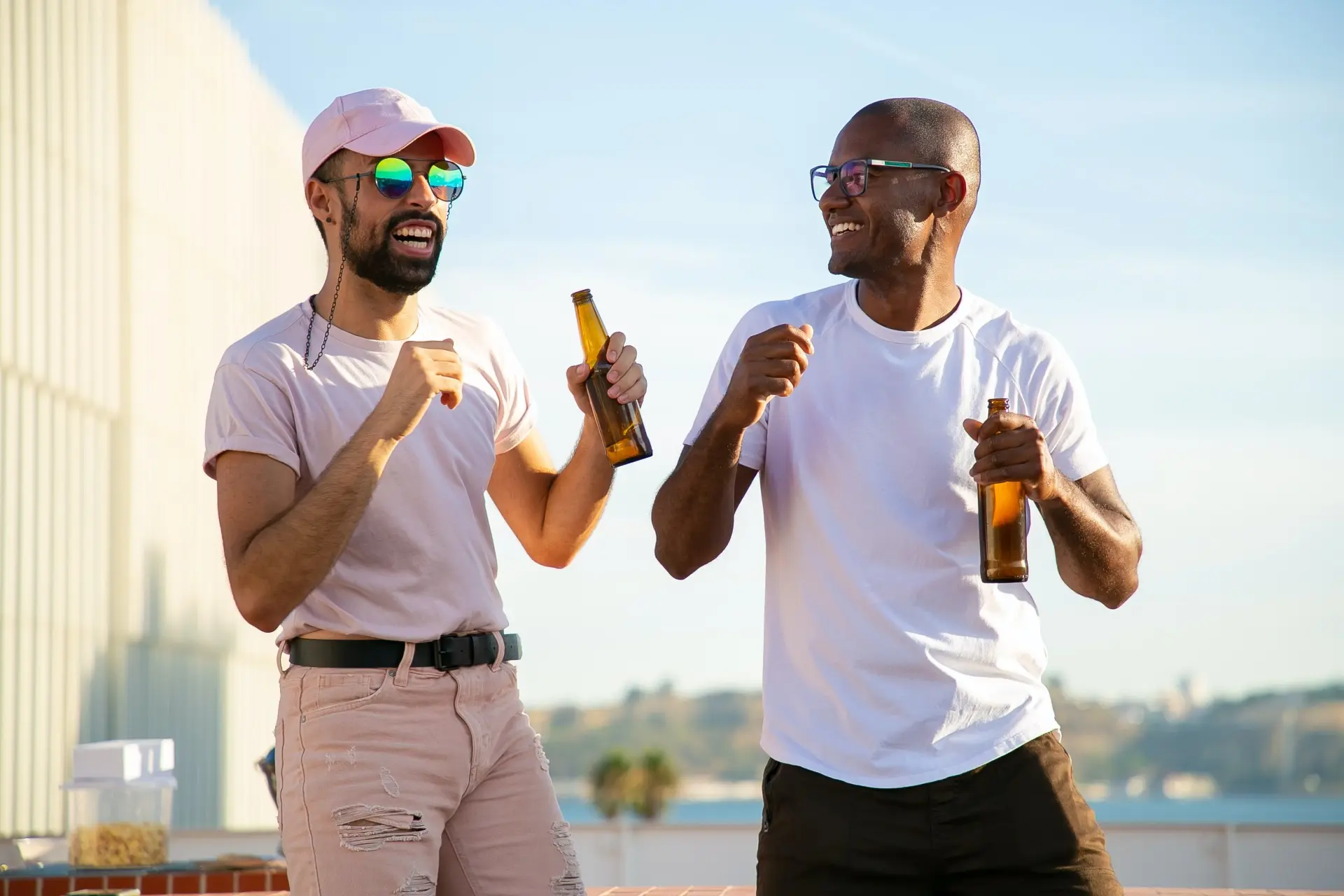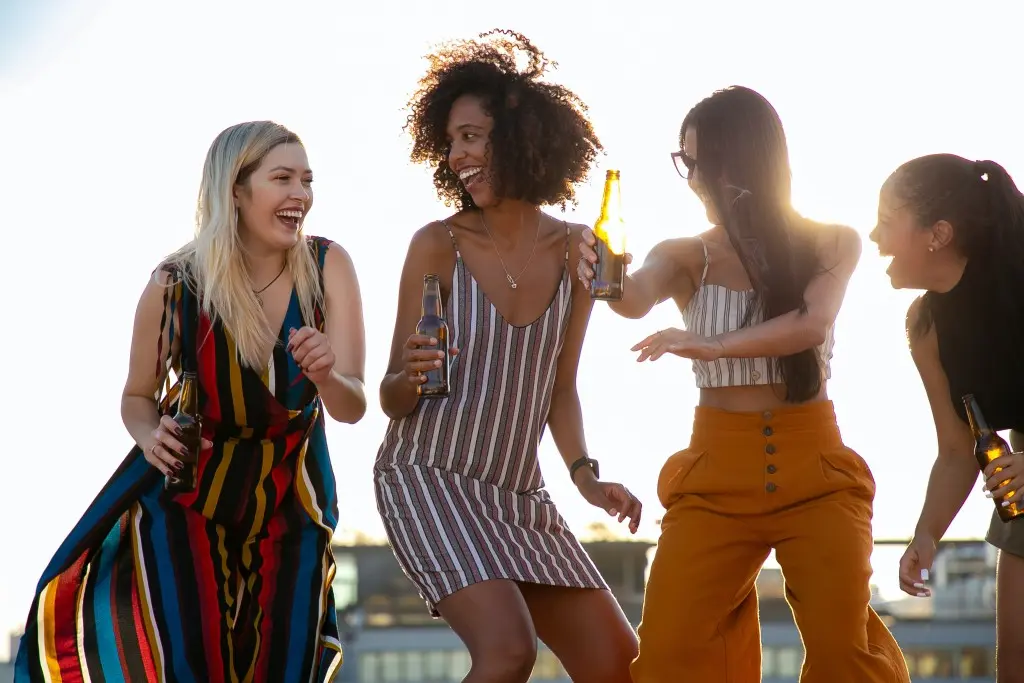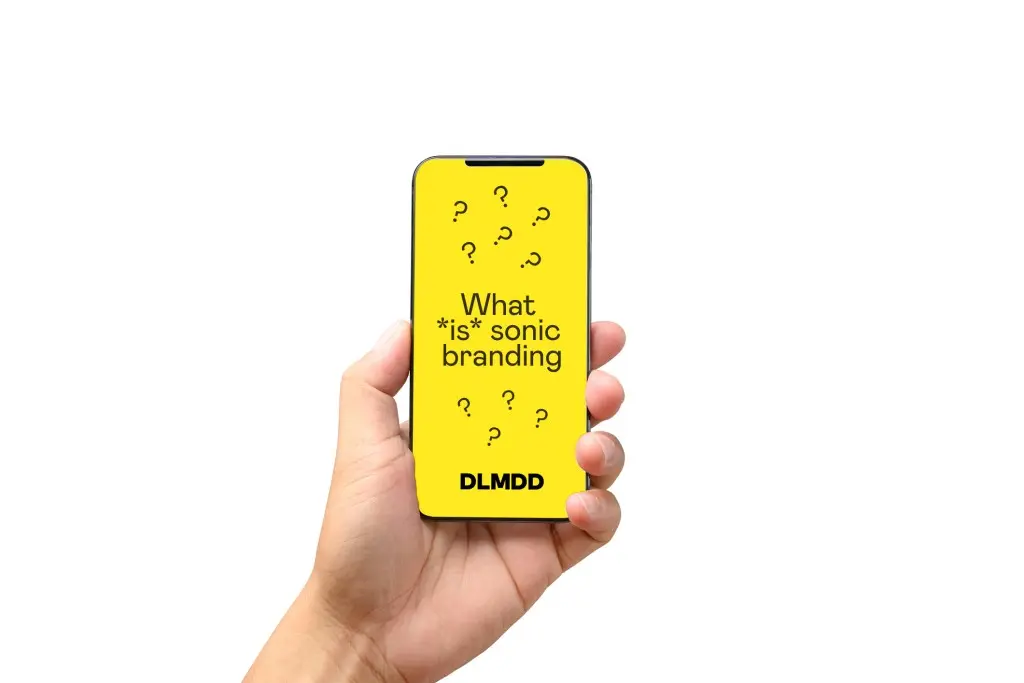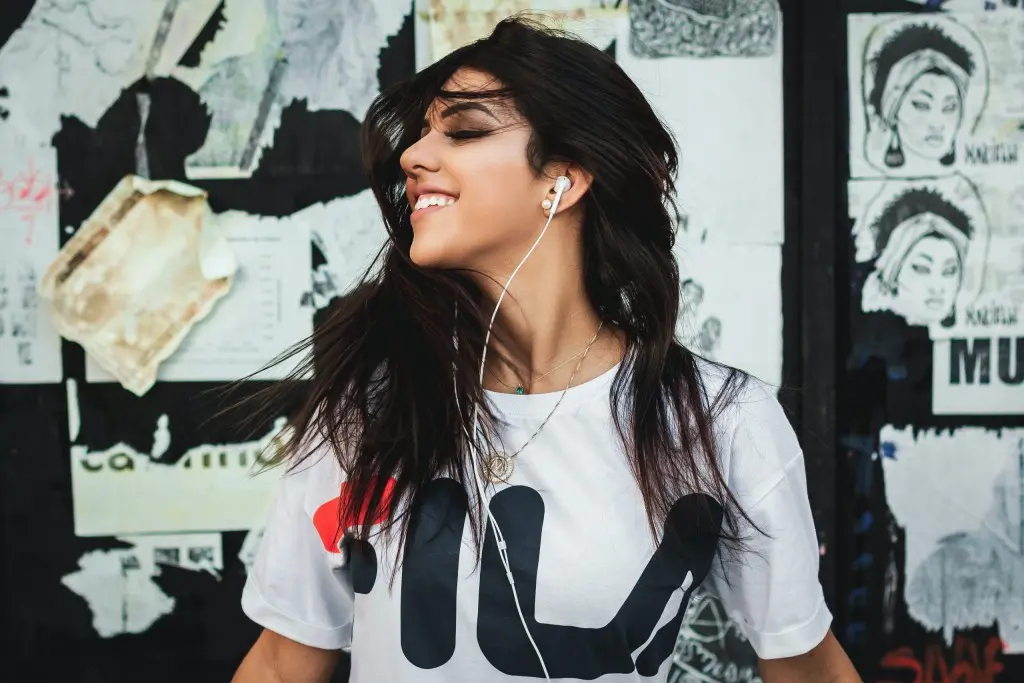‘Gold teeth, Grey Goose, tripping in the bathroom’ as Lorde sang in her breakout hit Royals, evokes the decadence of a lifestyle out of reach for most of her listeners, but immediately understood. The drinks industry and music have always had a close relationship, with brand names often dropped in lyrics as shorthand for success and hedonistic indulgence.
And the relationship goes both ways, as alcohol brands use music as a key element of their marketing strategies to engage younger consumers and showcase their creativity and relevance.
Many brands forge creative partnerships with artists that can bring their brand to life in exciting and engaging ways, creating emotional experiences via video content and events to demonstrate an aspirational lifestyle. The goal is not to simply expose consumers to a particular product, but to create an environment in which they are genuinely interacting with the brand, integrating it into their personal and social relationships.
So who's doing it best? And what’s next in the evolution of sonic branding in the drinks industry?
Smirnoff’s pure creativity
Smirnoff vodka have been doing interesting things in the music space for years, partnering with promoter Live Nation to deliver summer festival programming, aiming to be culturally relevant, mutually beneficial for fans and brands, spark societal change and be share worthy. They’ve run activations at Park Life, Isle of Wight, Lovebox, Citadel, Reading Festival, Wireless and TRNSMT. The Smirnoff Sound Collective formed in 2016 aims to break down barriers between artists and fans, successfully moulding a culture and lifestyle for the brand and developing a welcoming environment that associates a positive experience with its products through music.
One of Smirnoff’s most successful campaigns involves working with star producer and artist Pharrell Williams to create an ad where we are invited into his head, building up the elements of a song. ‘The most exciting part for me is still the purity of a blank canvas’, Williams says, as the instruments dissipate to display the bottle, positioning Smirnoff’s clear, pure taste as the ultimate blank canvas for creative drink making.
Nightlife and culture collaborations
With constraints around the messaging that can be used when advertising alcohol, creative brands can find powerful ways to align themselves with their consumers via supporting music and cultural events. Japanese beer brand Asahi have created an Arts Foundation to subsidise music and performing arts and international exchanges, and during the Covid lockdowns worked with well respected electronic music platform Resident Advisor to deliver a 45-minute 360 immersive music experience.
Asahi celebrate innovative strands in Japanese underground electronic music, seeking to ignite cultural exchange
Discover Tokyo was the world’s first virtual experience with spatial audio, bringing Asahi’s cultural homeland to new audiences.
As well as working with music venues in Japan, home of Asahi, they celebrate innovative strands in Japanese underground electronic music, seeking to ignite cultural exchange by bringing Japanese electronic artists together with respected and influential figures in UK club culture.
Create your own festival
AB InBev has created live music events such as the Bud Light Party Convention and Budweiser's Made in America Festival to bring life to their brands, while Scottish beer brand Tennent’s were the instigator, main sponsor and name inspiration for major music festival T in the Park, which ran 1994-2016.

Festivals provide immersive experiences with extensive opportunities for music, sound and brands to interact with consumers, making them a strong tool to create a positive image and memorable experience that consumers can relate to.
Classic sonic branding, done well
Beer brand Carlsberg assertively owns their sonic branding, using it to convey the brand message of being ‘the reward for daily acts of courage’. This is encapsulated in a brand score suggesting heroic actions and reward, as well as a 4 note sonic logo, forming a consistent, recognisable core that can be flexed for different executions across marketing needs.
Glenlivet’s sonic tasting
We’ve explored before how sound can influence taste, now Glenlivet have harnessed this relationship to create a Sonic Whisky Tasting. The experience immerses a taster in curated sounds as they taste their whisky, allowing the sensory stimuli to unearth the nuances of a single malt beyond regular tasting.
Closely influenced by the ideas in Professor Charles Spence’s Cross Modality Theory, the Sonic Tasting highlights how sound can influence the way we taste and smell. Glenlivet created a special audio soundtrack developed by whisky expert Dave Broom and immersive audio experts, Art of Disappearing, aiming to unlock the key flavors in the single malt and providing a novel experience for audiences.
Looking to the future
Alcohol and music’s consumption are naturally intertwined in bars, pubs, festivals and clubs, making this an extremely meaningful and effective territory for brands to capitalise on. The potential for creative partnerships is endless, with many brands barely even scratching the surface.



